What You Need To Know About The Hair On Your Tomato Plant
As an Amazon Associate and member of other affiliate programs, I earn from qualifying purchases.
Have you ever noticed the little hairs on tomato plants? Some varieties look downright fuzzy and others have just a few sparse hairs. There has been much study about why a tomato plant has hair, and we now understand that these fuzzy strands that look like hair have a very important role for the tomato plant.
Ready to grow your own hairy tomatoes from seed? Start here.
Tomato plant hairs are actually trichomes.
Your tomato plants are covered in trichomes. Some are long and look like white fuzz on your tomato stem. In the photo below, you can see the glossy strands of the long trichomes poking out all around the stem. But there are also super tiny ones that look more like little bubbles covering the surface of the tomato plant. Those bubbles are actually perched right on top of super tiny trichomes.
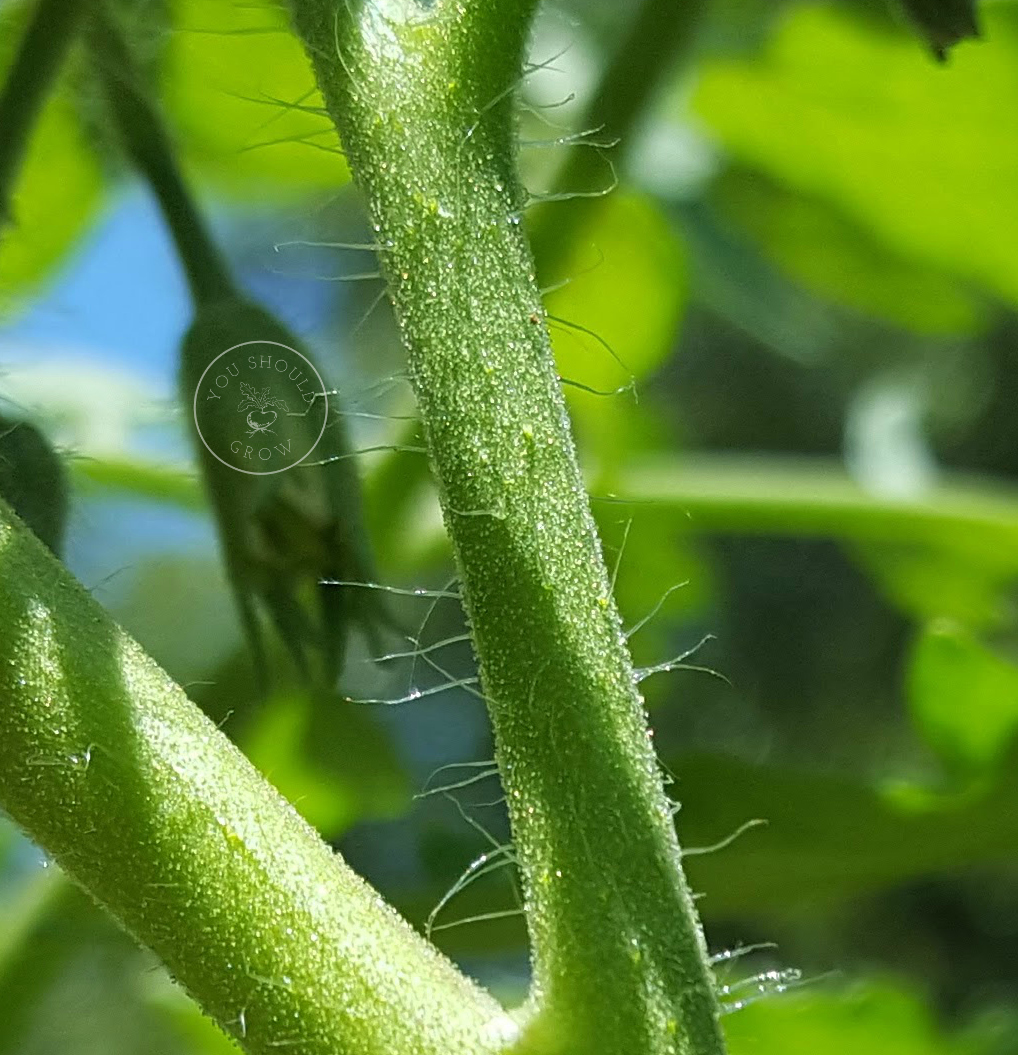
Why do tomatoes have trichomes?
Tomatoes have trichomes to help protect them from pests and disease. The tiny trichomes on tomato plants are like glands that secrete essential oils which give tomato plants their wonderful scent. It is precisely that scent that aims to repel some pests. The tomato plant can react to times of stress by altering the compounds within its trichomes to attempt to deter critters that may want to chomp on it. It is presumed that the pests find the taste, scent, or texture of the essential oils unappealing. If you’ve grown tomatoes before, you know this is not a fail-proof method by any means. But who knows how many more pests would be present without the distasteful oils.
The leaves and fruit of tomato plants are also covered in trichomes. As with the stem, there are trichomes on tomato fruit and leaves that keep them coated with essential oils. Trichomes and their oils form a barrier to prevent bacterial, fungal, and viral infection in addition to trapping water and reducing evaporation.
That’s pretty cool, huh?
Why do tomato plant trichomes matter to gardeners?
It is important to understand the role of the trichomes so that you can be cautious not to damage this protective layer. When pruning your tomatoes, be careful not to squeeze or scrape your plants. Your tomato plant can repair itself, but the wound is an invitation for infection to enter. The damaged area is without the protection of trichomes until the plant can form a scar over the wound.
You may also notice that oils will also begin to accumulate on your hands and fingers during pruning. It starts out as yellow, and as it becomes caked on your skin, it turns black.
Trichomes are to blame for tomato fingers.
If you’ve worked with your tomatoes, you know what I’m talking about! A dirty black film builds up on our hands when you’ve been handling your tomato plants. It happens when you plant, prune, tie up, or harvest. The more time you spend with your tomatoes, the more it gets caked on your fingertips. Some people call it tomato tar.
I call it Tomato Fingers!
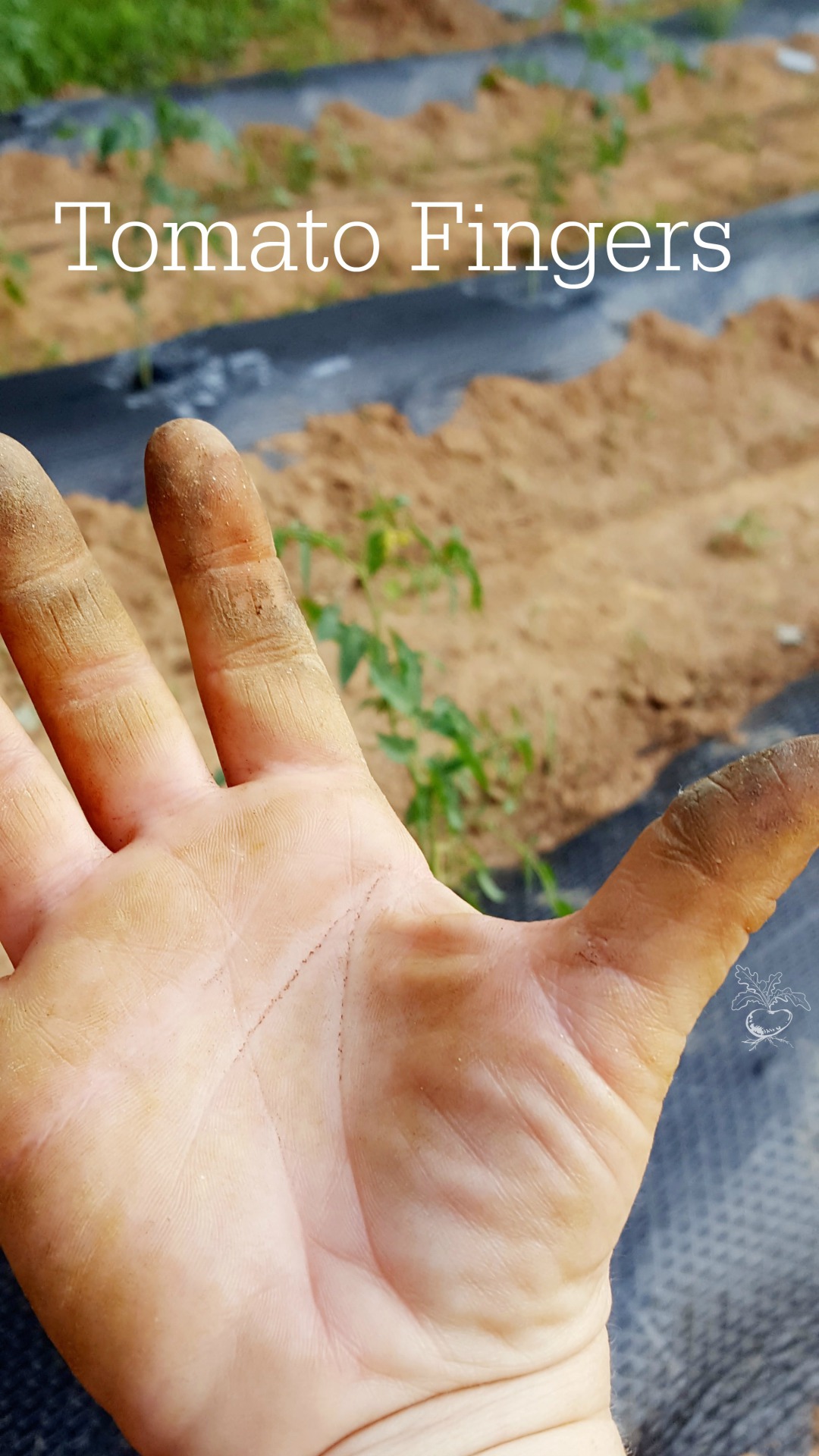
These fingers are somewhere in between the green and black stage. Probably with some red clay mixed in. But you get the idea.
It is the build-up of the compounds on the trichomes that make that nasty film.
Remember that the trichomes secrete essential oils? Those oils are what become stuck to your finger and nails. They’re very sticky, and they don’t wipe off easily.
If you are familiar with this stuff, you also know that hand soap seems to just slide around on top of it. That is because the oils are not water-soluble. And don’t try to wipe it off with your hand towels because it will stain them!
I use rubbing alcohol or an alcohol-based hand sanitizer and paper towels to scrub off as much as I can. With the crust wiped off, you can more easily get your hands clean. The alcohol dissolves the oils and makes it easier to wash your hands clean with soap and water.
Trichomes are a tomato’s best self-defense
Isn’t that cool that tomatoes can defend themselves with hair?! I am in awe of all the beautiful ways mother nature solves problems. The tomatoes needed a way to defend themselves. They don’t have arms or legs or brains, but they have hair. And they made that work. That’s neat.
If you like finding out cool things like this, please grow a garden. There’s lots of cool stuff to be found out there!
Need some help getting started? Check out these posts
More Info
Visit these additional sites for some seriously awesome tomato hair pics and more info about trichomes.

What type of trichome is on tomato plants?
There are two types of trichomes – glandular and non-glandular. Tomatoes have both glandular and non-glandular types of trichomes. Wondering what trichomes look like? Here’s a microscopic view of tomato trichomes and how they interact with a thrip.

Here’s some more nerdy stuff if you like to know the technical details.
Biomechanics of trichome defense
The development of type VI glandular trichomes in the cultivated tomato
Overview of secretory and glandular trichomes.


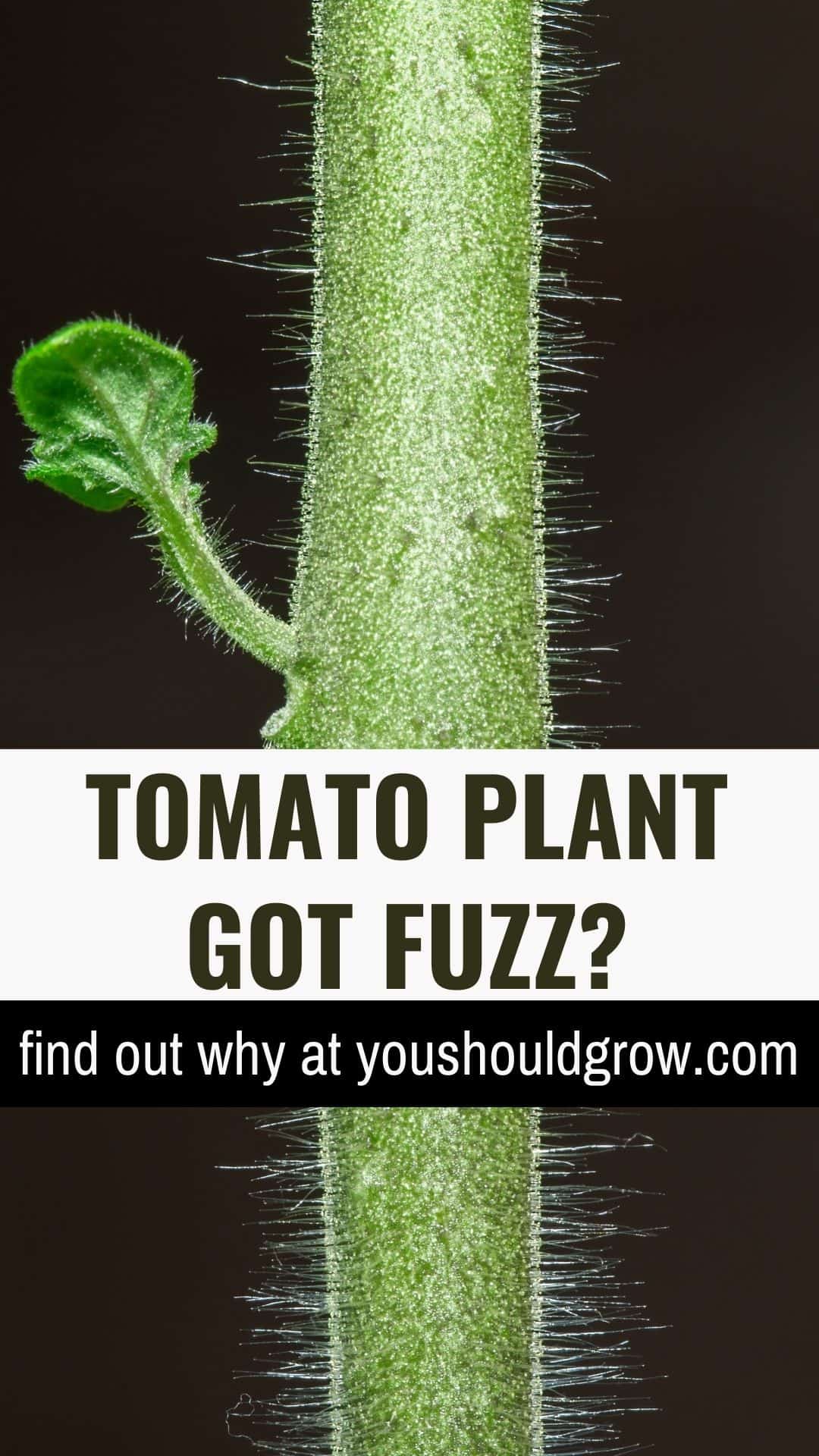
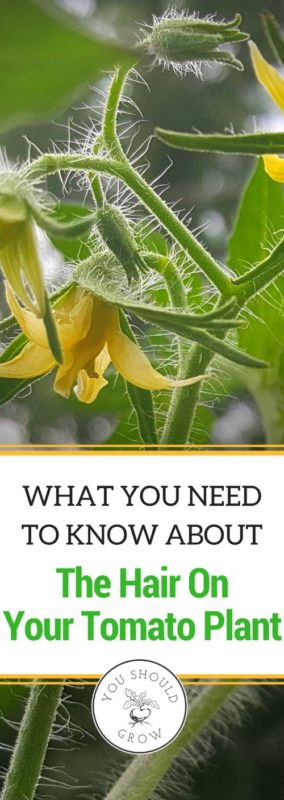
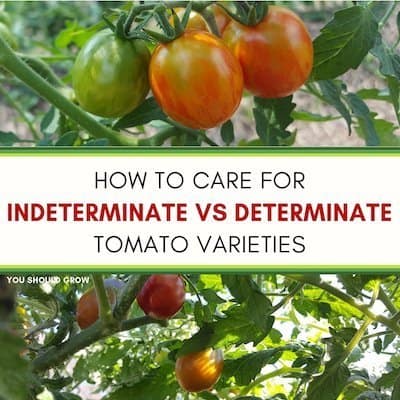




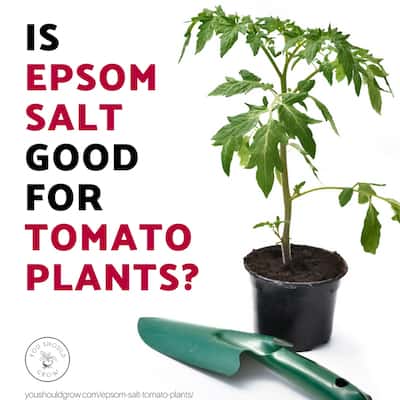
Great post, I recently started a small veggie herb garden and love finding out about all these cool ways plants protect and revive themselves.
Just noticed the fuzziness on my tomatoes seedlings and had to know the purpose they serve! Awesome post! Thanks much,
Lisa